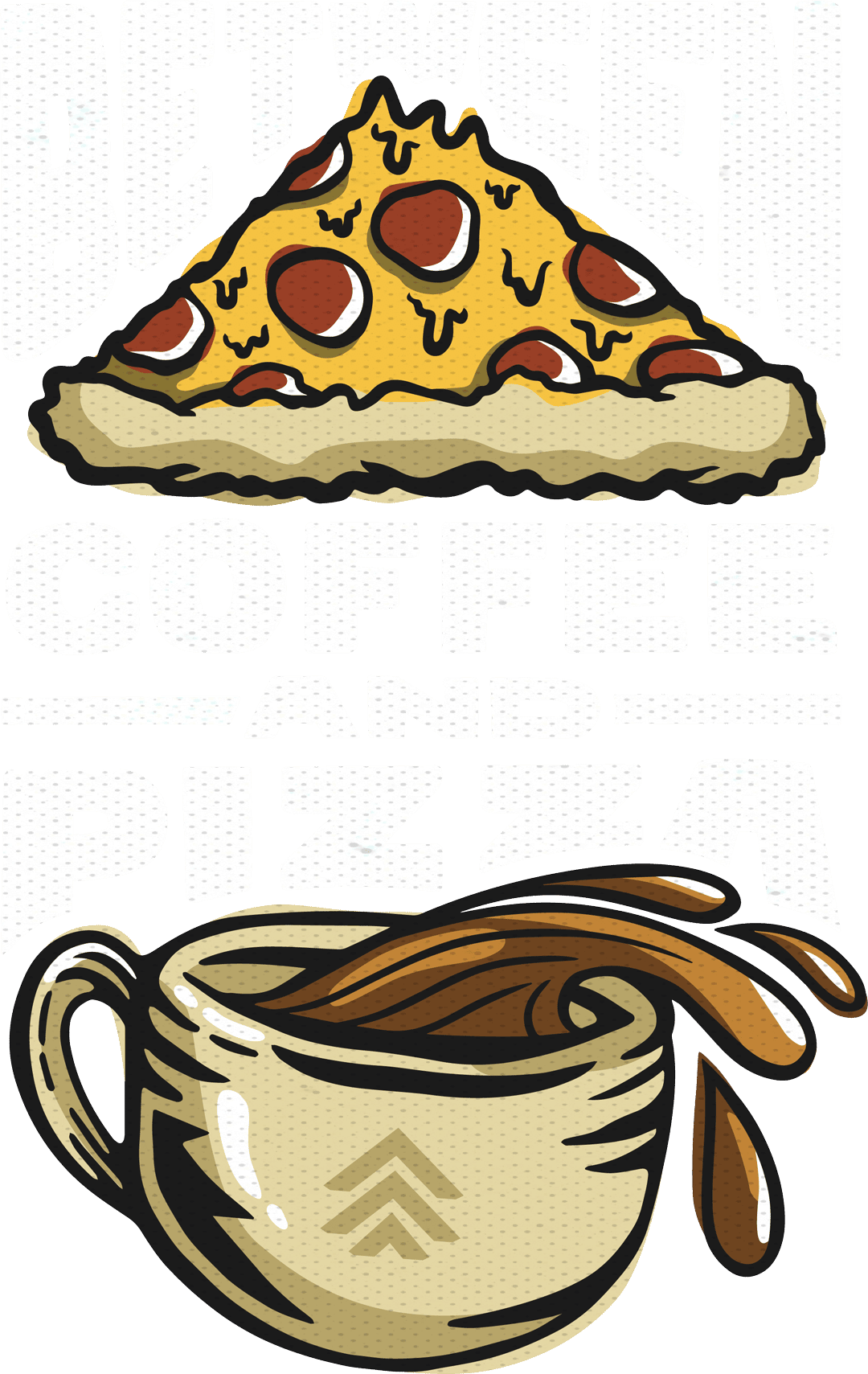One of the most cost-effective, yet underutilized marketing tools for businesses is the almighty email.
If you’ve been collecting customer emails for your business, fantastic! You’ve taken the first step. If your current customer management system isn’t allowing you to collect emails, then stop reading now, and go find a new solution that will get you those emails.
Ok, we’ve got emails now, great.
Why Collect:
Email Marketing is an inexpensive way to maintain contact with, not just probable customers, but actual proven previous customers. Folks who not only have shown interest in your product or service, but they’ve already handed over their hard-earned cash.
Returning customers have experienced your business. They know what to expect, and what not to expect. They know about the services they’ve purchased, and in some cases, they actually have some information on the services they haven’t purchased yet – you know the ‘not this time, maybe next time customers.
With their email (and their consent at the time of email collection) you now have a window to keep future communications rolling with these prospects.
How to use:
There are many ways to tackle email marketing, and here are a few of the basics.
“Journey Emails”
Journeys are a fantastic way to create excitement for a product launch or to increase awareness of ancillary services. In a nutshell, an email journey is a series of emails that have a predetermined path based on the actions of the customer. Think of it like choosing your own adventure books from back when you were a kid.
Imagine offering information on a wide set of products. Once the reader clicks on specific links, you can now determine that the customer might have an increased interest in those specific products. Your journey will automatically see that and then continue to offer more and more specific information in subsequent emails to keep them engaged and ultimately push toward a sale.
“Transactional Emails”
Different from the Journeys, which can be based on customer engagement with other email communications, the transactional emails are based on customer engagement with the business itself.
One example is the ‘abandoned cart’ email. You’ve likely seen this one; after placing some new shoes in your online shopping cart, but not completing the purchase, an email shows up later suggesting – ‘hey – those shoes are still here waiting for you!’
Another example might be a customer scheduling a haircut appointment. Here, a transactional email is triggered as a reminder, alerting them to when and where their haircut appointment was scheduled.
These transactional triggers can be a great tool for increasing your customer communication during the sales process. This increase in (relevant) communication can ensure less fall-off from scheduling to the actual appointments. Additionally, the ability to provide further communications can have a positive effect on your customer service scores too.
“The Push Email”
The Push Email is used more like a one-way announcement. You’re not having a conversation with them at the moment, but you’re going to send this email in hopes of starting up one.
A classic example you’ll recognize from the Black Friday / Cyber Monday emails. On the last Black Friday, my inbox was JAMMED with notes from companies I’ve engaged with at some point or another. And for at least a few of them, it’s easily been months since I heard from them, months since I’ve even thought of them.
But the Push Email here comes at a time when they are expecting me to be shopping. Not because I put a canoe in my cart (I see you Merrimack) but because it’s a traditional spending day – so it makes sense to reach out when you expect they’ve already got their wallets open.
The list above is in no way comprehensive, but with just these three ideas you can uncover desires, increase communication, and get your message in front of customers when you know they’ll be buying.
If you’re not yet collecting emails, you’ve read too far. Clearly, you don’t follow instructions either. But alas, I’ll try once again, figure out how you can start collecting them and go do that today.
The Woodshop offers a full-service email program for small to mid-sized companies. If your business has never started collecting emails, we can help you start the process. And if you’re already on the path, but looking for some additional strategy, or just some extra team members to help get more done, we can help them too.
The Woodshop primarily works in Mail Chimp, Campaign Monitor, and MailerLite, but is available to work on other platforms as well.
For a free consultation and email review, contact TWS.

